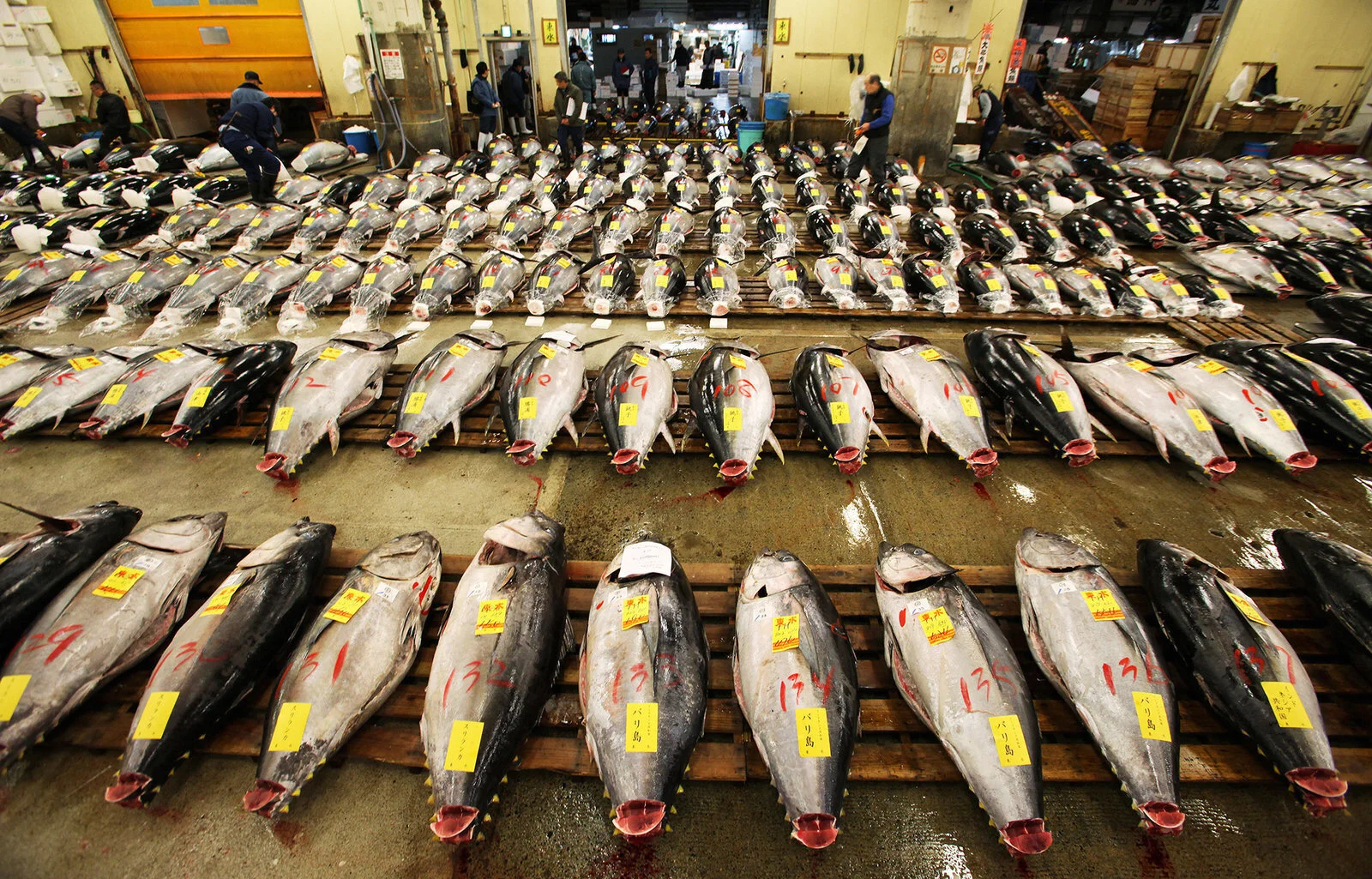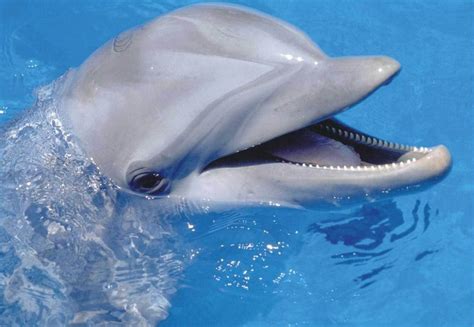It may have taken several decades, but we now might be looking at the beginning of the wreckage of the Dolphin Safe label. This week American consumers started a class-action lawsuit for fraud and racketeering against the Big Three US tuna brands, Bumble Bee, Starkist and Chicken of the Sea. (http://disq.us/t/3epuvpx) The consumers feel deceived, we read in the complaint. ‘The “Dolphin-Safe” label signifies that no dolphins were killed or seriously injured as a result of the catching of the tuna contained in their products. But the suppliers’ tuna fishing practices “kill or harm substantial numbers of dolphins each year.”
Many in the tuna industry and the sustainable seafood movement with some knowledge about sustainable fisheries have been waiting for this moment. The Dolphin Safe label is already for years the elephant in the room of sustainable fisheries that most people prefer to deny. From a well-respected, successful certification in the nineties, that helped to eradicate the massive Dolphin slaughter in the Yellowfin tuna fisheries in the Eastern Pacific, the Dolphin Safe label evolved into a practically useless tool in making look all tuna fisheries more sustainable. It even is far from robust enough to guarantee its own claims for a totally dolphin harmless tuna fisheries.
This is serious business. The Dolphin Safe label can be found on tuna cans all over the world. It is probably the most widespread label, used by all the big tuna industry that is united in the International Seafood Sustainability Foundation (ISSF). If a court decides that Dolphin Safe proves to be a kind of compulsory greenwashing scheme, a tool mainly supporting market interests, this would have devastating effects on the credibility of sustainability certification in general. Why, the public will rightly ask, was this label allowed for such a long time on so many cans? How can we trust that other certifications are any better?
The success for using ‘Dolphin Safe’ comes to no surprise: it hardly cost any effort for the big brands, fisheries and traders in terms of measures to make their tuna business look more sustainable. The history of Dolphin Safe has its murky sides too: who did not want to ‘collaborate’ with the label and its organisation (Earth Island Institute) could face problems in the tuna business. So, it was better to let yourself squeezed into the scheme instead of making life difficult. Meanwhile the strong ‘Flipper’ related Dolphin Safe image managed to survive with fluffy journalism that supported its noble cause but was not able to unravel the powerplay behind the screens. Notable exceptions, like the 2015 K. William Watson article in Forbes (‘Dolphin Safe’ labels on Canned Tuna are a Fraud’) never got the attention they deserved.
In my book ‘Tuna Wars’, that will be published soon by Springer Nature, I write about the three ‘Flipper Wars’ that have raged in the tuna world. The Dolphin Safe label was an effective weapon for the tuna industry in these wars. The Big Three effectively used the label as a barrier for competitive Mexican imports entering their home market. Meanwhile, Dolphin Safe expanded from its origins in the Eastern Pacific to the Western and Central Pacific, the Indian Ocean and the Atlantic, where the setting of nets on Dolphins never was an issue as such and the claims of the scheme (not one single dolphin killed or harmed!) where practically impossible and unmonitored. Meanwhile the big players used Dolphin Safe to hinder the entrance in the tuna fisheries of the much more robust certification of the MSC.
Fraud and racketeering have still to be proved in court for sure. The case is messy. The consumer plaintiffs are very much underlining the objective of no harm to any dolphins whatever as the highest standard for sustainable tuna fisheries. They are right that the Big Three created a false representation of such a full proof dolphin safe fishery with the Dolphin Safe label. But they are wrong in suggesting that the MSC certification is also making a false statement when it comes to dolphins that are caught in tuna fisheries. This is missing the point: MSC is about sustainable tuna fisheries, not sustainable dolphin fisheries. It works with multiple standards that go far beyond the single issue of dolphin safety. From this point of view, also the idea that pole and line and handline are the only sustainable gears (as the plaintiffs argue) is far away from reality and practically useless.
It is now for the court to decide. Let us hope that at least its verdict facilitates a start to mop up the mess, and open ways for further development of credible sustainable tuna certification.

